When you develop product or service no matter how hard you try to prepare and test various client scenarios in house, the brain and muscle memory of those who are testing will intuitively avoid scenarios that might present problems. This unintentional bias of internal testers means that critical challenges are often missed.
◼︎ When the development, construction or implementation team isn’t compensated according to the quality of their work, they aren’t motivated to release a clean solution. They are, however, often forced to stay on budget and to stick to the schedule.
◼︎ Software development teams often take chances and release code updates without any external customer testing. They expect their customers will spot issues quickly in the live environment. But in mission-critical situations, this approach can be disastrous—think of the of the Boeing 737 MAX example (ref. 20). While this is an extreme case, even if you are not putting lives in danger, it is important to test with both internal and external customers before giving the final go-ahead.
◼︎ Take the time to test your solutions with real, external customers. It will cost you more at first, but it will save on resources and embarrassment after the release. Adoption will be smoother, and customers will be invested in your solution in the long term.
The background of the Boeing 737 MAX case
ref 20. David Gelles, TheNewYorkTimes,‘Boeing737Max: What’sHappenedAfter the 2 Deadly Crashes,’

